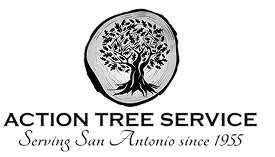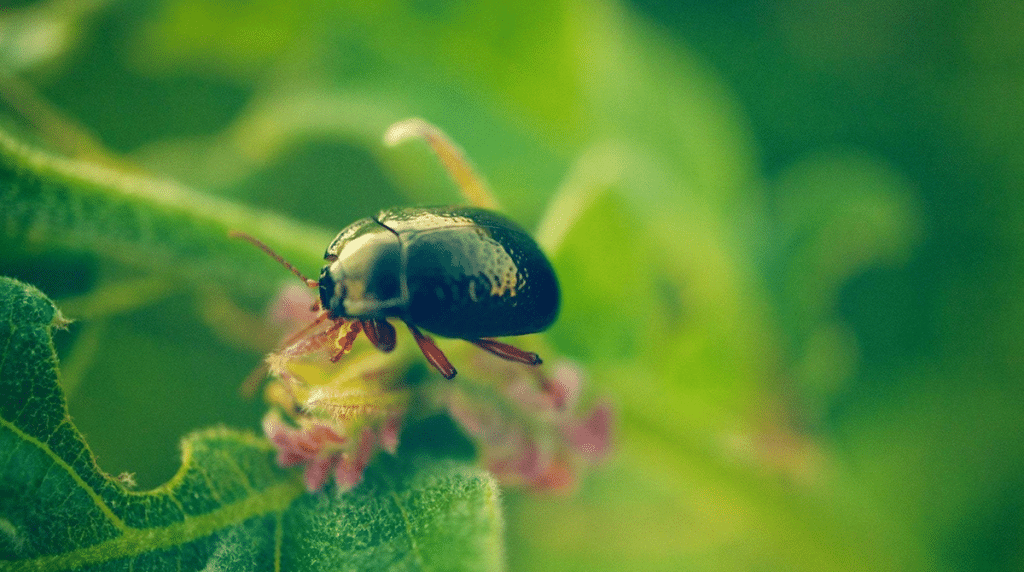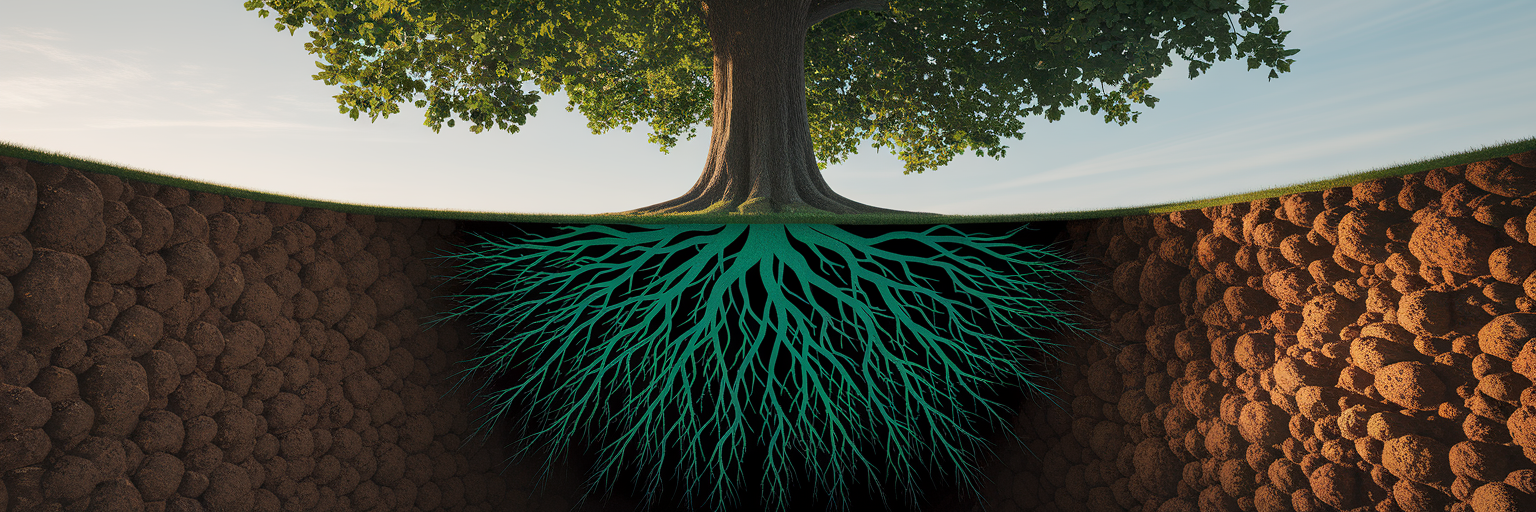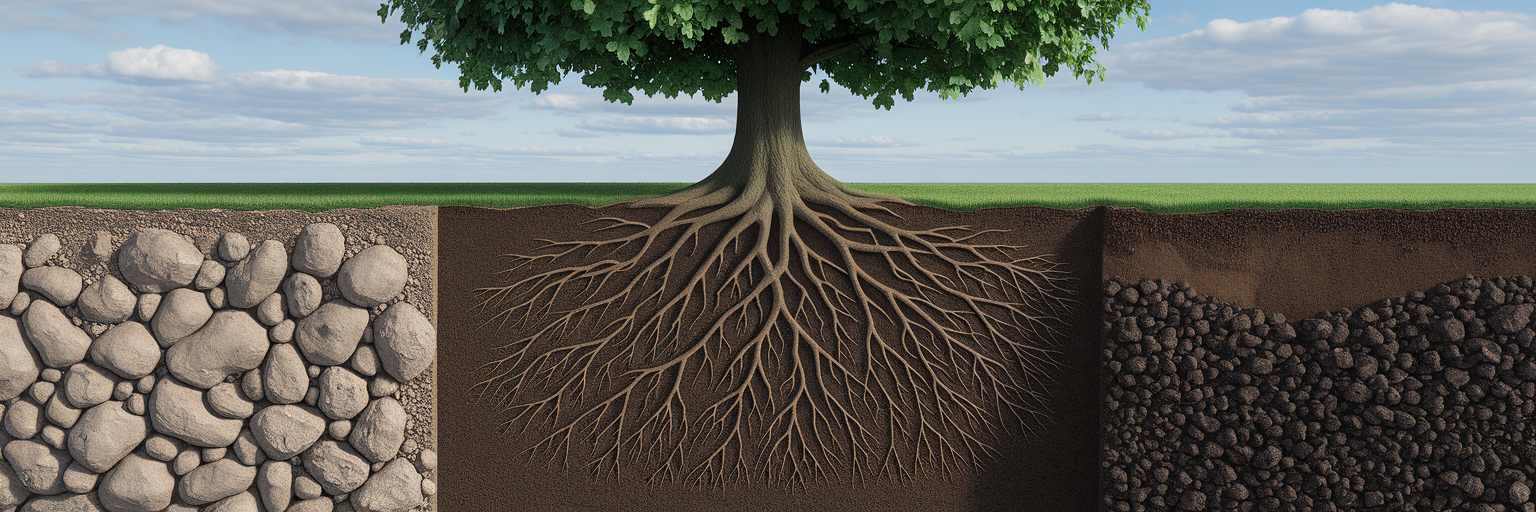South Texas trees are unfortunately no strangers to insect pests. If you notice leaves curling, sticky sap residue, or “webs” in your oak or pecan tree, you’re likely dealing with an infestation. Common insect pests on Texas trees include twig girdler beetles, elm leaf beetles, leaf-cutting beetles, fall webworms, giant bark aphids, and various wood borers. These critters can cause a range of problems – from defoliating your beloved shade trees to boring into trunks and weakening branches. Both homeowners and commercial property managers in San Antonio need to know how to combat these pests effectively.
Common South Texas Tree Pests and Their Impact
Different pests attack trees in different ways. Sap-sucking insects like aphids congregate on leaves and tender stems, sucking out plant juices. They often leave behind a sticky “honeydew” residue that leads to black sooty mold on foliage. Defoliators such as fall webworms create unsightly silk tents in pecan, mulberry, and other trees; while mostly cosmetic, heavy infestations can stress a tree by stripping significant foliage. Borers like the Emerald Ash Borer (EAB) or Southern Pine Beetle are among the most destructive – their larvae tunnel through inner wood, disrupting the tree’s water and nutrient flow and often killing the tree. Large shade trees (oaks, ash, pines) are especially at risk from these boring insects. Identifying which pest is present – by the signs such as holes in bark, chewed leaves, or presence of “webbing” – is the first step in choosing the right treatment.
Safe and Effective Treatment Strategies
The good news is you have a variety of treatment options, and an integrated pest management (IPM) approach is best. Start with the least invasive solutions. For example, aphid populations can often be knocked down with a strong water spray or controlled by releasing beneficial ladybugs – nature’s own pest control. Other organic treatments include applying insecticidal soaps or horticultural oils, which are very effective against soft-bodied insects (like aphids and spider mites) without harming the tree or the environment. For leaf-eating caterpillars such as webworms, you can simply prune out and destroy the affected branches or “tents” to remove the pests. Oftentimes, these manual or organic methods are enough to handle mild infestations and are safer for your family, pets, and beneficial wildlife in your yard.
If an infestation is severe or persistent, carefully targeted chemical treatments might be necessary. There are insecticides specifically formulated for tree pests – for instance, injections or soil drenches with systemic insecticides can protect a tree from borers or beetles. It’s critical, however, to use chemical pesticides responsibly. Always follow label instructions and all safety guidelines when using any pesticide. Many pests in South Texas have multiple generations per year (thanks to our long warm seasons), so timing is key – applying treatments at the right time in the pest’s life cycle yields the best results. For example, spraying for caterpillars is most effective when they are young larvae, and systemic treatments for borers work best preventatively or at early signs of infestation.
When to Call in the Professionals
Some tree insect problems are simply beyond DIY measures. If you have a very large tree at risk or a pest like the Emerald Ash Borer or oak wilt beetles threatening spread to other trees, it’s wise to seek professional help. For extensive or hard-to-manage infestations, hiring a professional tree service in San Antonio is often the best option. Certified arborists and tree care professionals can perform advanced treatments like trunk injections, and they have the expertise to diagnose complex issues. In cases of aggressive borers or beetles, they may recommend removing and destroying a severely infested tree to protect nearby healthy trees – a tough call, but sometimes necessary to prevent an outbreak. The investment in a qualified tree service can save you money and heartache in the long run by effectively safeguarding your landscape.
In summary, treating tree insect infestations in South Texas involves a combination of vigilance, proper identification, and a mix of organic and chemical methods. Keep your trees healthy through regular watering and pruning (healthy trees are less susceptible to pests), and tackle any pest problem promptly. With a proactive approach and the right treatment options, you can protect your oaks, elms, and pines from pesky invaders and enjoy a thriving, green landscape year-round. Remember, you’re not alone in this fight – local experts are just a call away to help your trees stay pest-free and beautiful.





